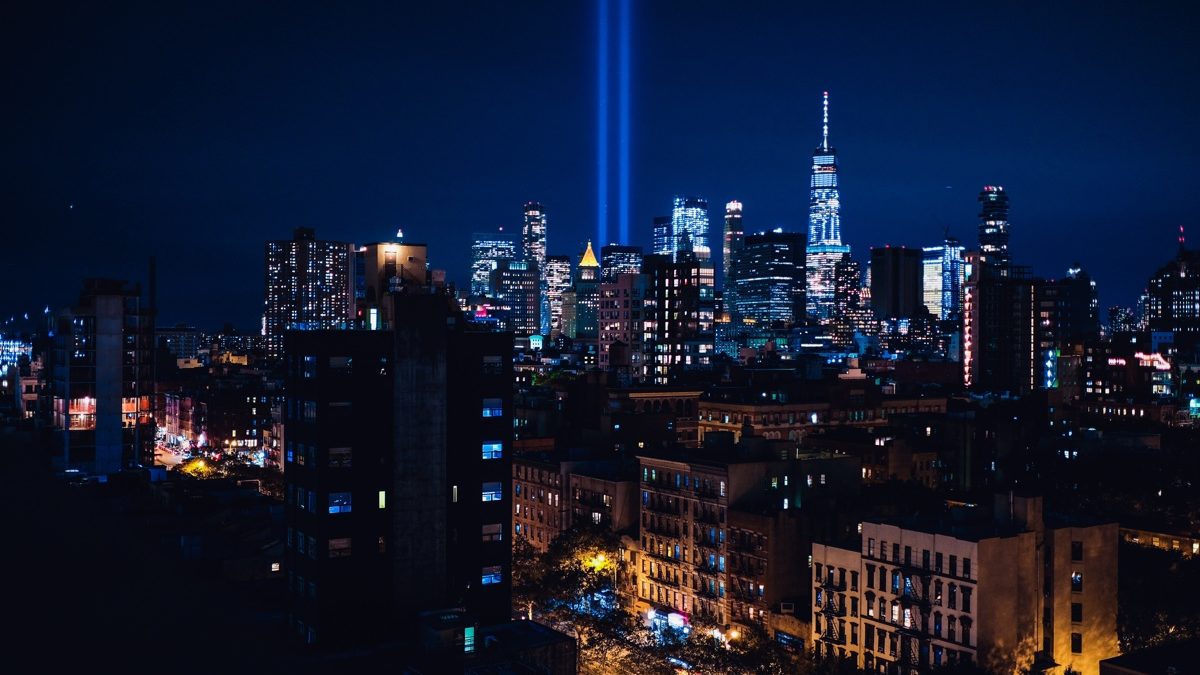
Every year, around the anniversary of the September 11 attacks, we reflect not only on the atrocities inflicted upon America, but also the far-reaching effects that it has had on our daily lives since 2001. We’re also reminded of our society’s ability to coalesce around a cause: in this case, a long-term effort to make our cities and their residents safer and more secure. And, along with that effort came the increasingly complex issue about how we talk about safety and security in the workplace.
The tragedy raised critical questions throughout nearly every corner of government, society and private industry. For the real estate community in particular, the collapse of the World Trade Center’s Twin Towers raised questions around ways to create more resilient structural engineering and architecture practices. The attacks prompted politicians, community members, architects and developers to explore what could be done specifically to improve a building’s ability to withstand potential catastrophic events in the future.
In the months and years following the attacks, many called for a moratorium on skyscraper construction. However, with numerous skyscrapers planned or underway – including the rebuilding on Ground Zero – engineers instead dissected the internal composition of the Twin Towers to determine where they suffered the most structural impact. One finding stated that the immense pressure and heat from burning airplane fuel compromised the structures’ steel columns in both towers, causing weight to shift to other supports. This inevitably resulted in what is called a progressive collapse – a technical term for a sort of domino effect of failing structural support.
Most buildings had been constructed to prevent total collapse, but until recent years, “progressive collapse” was not a concept that was broadly understood throughout the real estate community. Since then, engineers have been supplementing typical building materials with concrete, creating stronger and more reliable reinforcements for large-scale buildings, commonly mixing steel microfibers into concrete to make the structure even stronger. These reinforcement techniques are just one example of a host of new safety and security measures that have become commonplace since 2001: additional exits, wider staircases, physical barriers at ground level (such as large plants and street furniture), more precise video monitoring, and increased air supply, to name a few.
From a communications standpoint, these new approaches present a dilemma as we navigate our post-9/11 reality. On one hand, increased safety has become a higher priority for prospective tenants, local governments, and the general public at large. On the other, they can serve as a grim reminder of the ever-present threats to our personal and national security. Put bluntly, no one should have to go to work on a daily basis, only to contemplate the integrity of their building’s materials in the event of a catastrophic incident. In this new reality, vigilance is absolutely vital, but every effort must be made to present it without actively stoking anxiety.
When marketing a building, there’s no doubt that one should consider the importance of promoting safety. Elements such as on-site security staff, visitor check-in technology, and smart locking systems are things that serve as daily reassurances, and therefore should be communicated clearly to prospective tenants. But as we’ve seen, some of these hidden, yet drastic security measures – like structural reinforcements to prevent a collapse – require a far greater level of sensitivity.
September 11 changed the way in which we construct our buildings forever – it’s also changed the ways in which we talk about them. We’re fortunate to have a multitude of innovative engineers and architects that have introduced measures that not only make people feel protected, but ensure the security of future developments. And, while it’s prudent to be deliberate when it comes to the ways in which one communicates issues about safety, we’ve likely made the built environment significantly more secure for future generations.